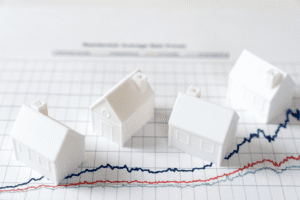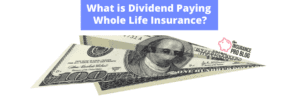Stay Safe While Building a Campfire: Safety Tips

Summer is a great time for friends and family to come together and create lasting memories while enjoying outdoor activities. There’s a lot of fun to be had, from enjoying inspiring sunrises on beaches to hiking and grilling.
Throw fireworks, bonfires, and building a campfire into the mix, and the summer season gets quite exciting.
In this post, we walk you through outdoor fire safety tips so you can learn how to build a campfire safely.
Building a campfire is one of the much anticipated outdoor summer activities enjoyed by many. However, fire can spiral out of control and spoil the party.
According to the National Fire Protection Association solid-fueled grills cause about 1,440 home fires per year. And, gas grills involve over 9,000 home fires per year. That’s huge!
So, whether you plan to build a campfire in your backyard or a public place, you need to follow campfire safety rules to avoid catastrophic consequences.
Fire Safety Tips for Outdoor Fun
To protect your loved ones and valuables from the wrath of fire, you need to enjoy campfires and grilling responsibly. Below is a rundown of the most important outdoor fire safety tips that you need to prioritize.
Clear the area
Before building a campfire, take time to clear the location. Start by removing dry leaves and grass, and put away any flammable substances. Then, cut any overhanging tree branches that may catch fire from the rising flames.
Distance
Your campfire or barbecue should be positioned at least 10 feet away from buildings and structures. For backyard campfires, make sure you maintain that safe distance from your house, garage, shed, porch, vehicles, and other property.
Again, cooking equipment like deep pot fryers, gas grills, charcoal, and gas heat lamps should not be used under awnings or overhangs.
Inspect your equipment
Your equipment should be in tip-top condition before use. So, make sure your barbecue grill and propane tank are free from any damages, like cracks, rust, leaks, and faulty connections.
Your fire pit should have a non-flammable border like a metal fire ring or surrounded by rocks. Again, don’t use lighter fluid to start your charcoal grills. Instead, use an electric or chimney charcoal starter.
Follow campfire rules in your area.
When building a campfire in a park or public place, follow the local rules and regulations, including:
First, check for any burn restrictions before you build a campfire
It’s advisable to use existing fire pits instead of building your own
Never use flammable liquids, like gasoline to ignite or re-ignite the fire.
Carry a fire extinguisher or a bucket of water for emergencies
Keep the fire away from your tent
Keep an eye on children and pets to ensure they always keep a safe distance from the fire
Never leave the fire smoldering. Let it die down, then pour water or shovel dirt to put it out completely before leaving the scene.
Get armed with fire insurance coverage
While it’s good to hope for the best, it takes wisdom to prepare for the worst. NFPA data shows May through August as the peak months for grill fires. So, you need to be fully prepared, just in case of unwelcome fire emergencies when camping away from home.
A fire insurance policy is your best bet when handling summer outdoor fires. It protects you from:
Losses or damages to your home and possessions
Fire loss from several causes, including gas explosion, faulty wiring, lightning, natural disasters, burst or overflowing water tanks or pipes, and more.
Injuries sustained in a dangerous fire event
Talk to an independent insurance agent to learn more about fire insurance coverage, its limits, and what it covers. Then, see how you can lock in an affordable premium rate from their network of insurers.




